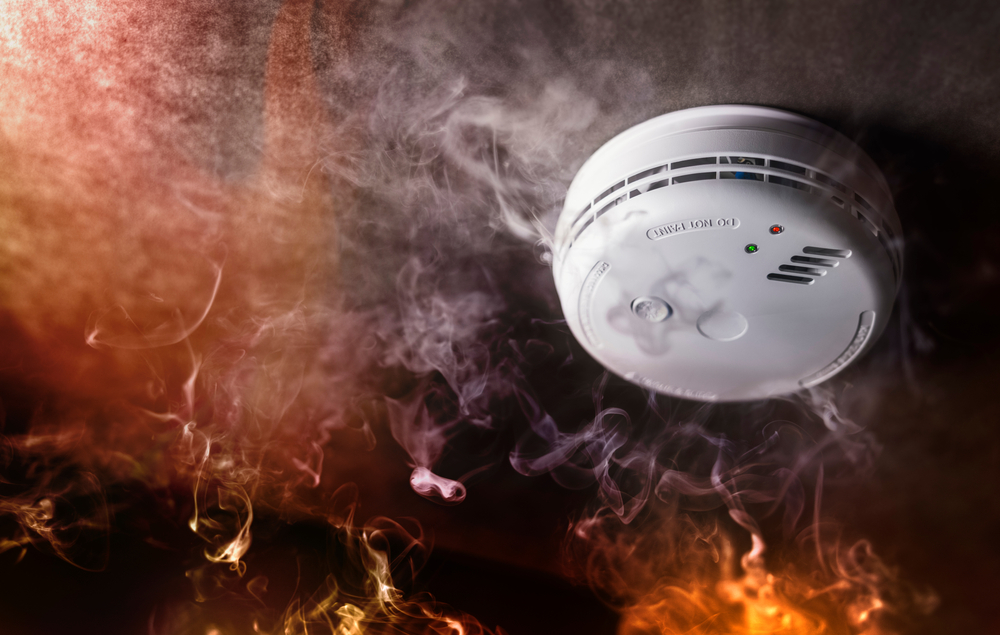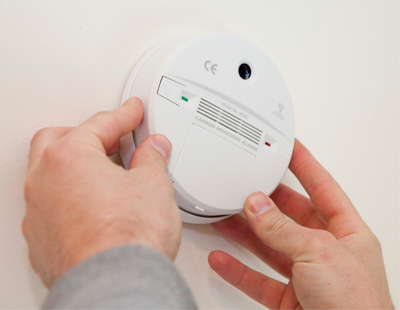
The Royal Society for the Prevention of Accidents is issuing a stark warning to be aware of the dangers of carbon monoxide poisoning, which causes over 4,000 A&E visits and 440 hospital admissions a year in England alone.
According to RoSPA, carbon monoxide poisoning is an under-diagnosed problem in the UK, with the signs and symptoms of low-level carbon monoxide toxicity confused for other ailments like headache, nausea, flushing, the flu, muscle pain, food poisoning and depression.
Poisoning is more prevalent in the winter months, likely related to the increased indoor use of heating and other devices which are common sources of carbon monoxide, such as incorrectly installed fuel-burning appliances, blocked chimneys, gas ovens inappropriately used for heating, and barbecues or gas stoves used in enclosed spaces.
The society is issuing tips if you believe a property under management suffers a carbon monoxide leak:
- stop using all appliances and evacuate the property immediately;
- call the relevant National Gas Emergency Service number to report the incident or the Health and Safety Executive Gas Safety Advice Line on 0800 300 363;
- do not go back into the property and instead wait for advice from the emergency services;
- get immediate medical help.
If you think someone has been exposed to carbon monoxide and feel unwell or are worried call NHS 111, contact a GP or in an emergency contact emergency services on 999.
Phil Le Shirley, public safety advisor at RoSPA, says: “With the colder months almost upon us and more people using fuel-burning appliances, it’s vital to be aware that carbon monoxide poisoning is silent and can often be confused with other ailments like a headache, nausea, flushing, the flu, muscle pain, food poisoning and depression.
“Carbon monoxide is colourless, tasteless and odourless, so it is essential that you fit an audible carbon monoxide alarm that meets British or European Standards (BS Kitemark or EN 50291).
“We recommend testing the alarm at least once a week, changing the batteries regularly and replacing the whole alarm before its expiration date. Finally, if you’re camping or caravanning, irrespective of how cold or rainy it gets, ensure that there is adequate ventilation when using fuel-burning products and always have a carbon monoxide alarm with you.”
He continues: “We recommend only using a qualified Gas Safe engineer to install gas boilers and appliances and advise that they are serviced annually by Gas Safe approved technicians. Solid fuel appliances should be installed and serviced annually by a qualified HETAS engineer, and chimneys and flues should be kept clean by being swept from top to bottom at least once a year by a qualified chimney sweep and should not be blocked.
“It is also advised that oil heaters should be installed and serviced annually by a qualified OFTEC engineer.”
The relevant National Gas Emergency Service number you need depends on where in the UK you’re based and the type of gas that’s involved:













%20-%20IMAGE%20Client%20Accounting%20%E2%80%93%20what%20are%20your%20options.jpg)











Join the conversation
Be the first to comment (please use the comment box below)
Please login to comment